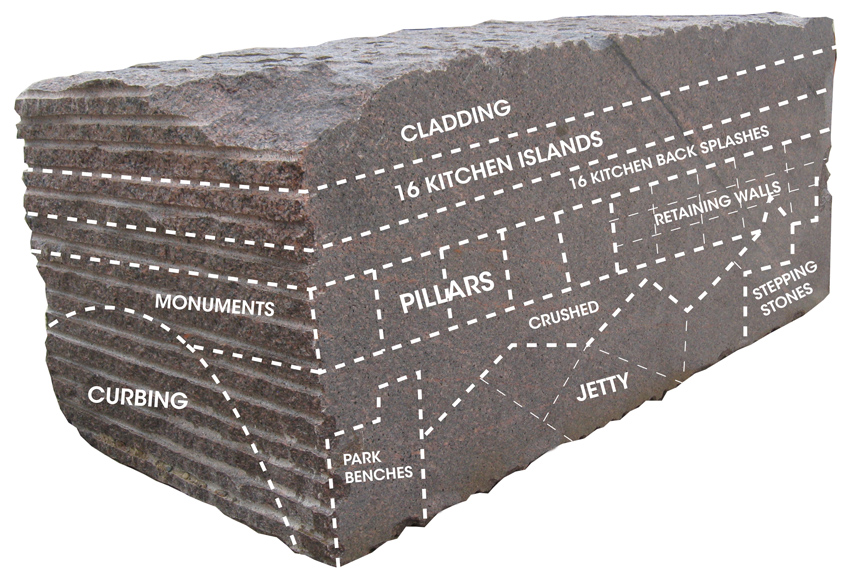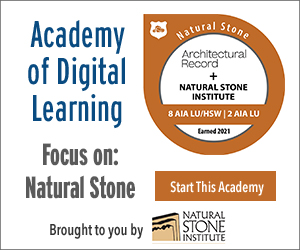Mother Nature's Green Building Material
 1 AIA LU/HSW; 1 PDH, LA CES/HSW; 0.1 IACET CEU*; 1 AIBD P-CE; 1 LFA CEU; AAA 1 Structured Learning Hour; This course can be self-reported to the AANB, as per their CE Guidelines; AAPEI 1 Structured Learning Hour; This course can be self-reported to the AIBC, as per their CE Guidelines.; MAA 1 Structured Learning Hour; This course can be self-reported to the NLAA.; This course can be self-reported to the NSAA; NWTAA 1 Structured Learning Hour; OAA 1 Learning Hour; SAA 1 Hour of Core Learning
1 AIA LU/HSW; 1 PDH, LA CES/HSW; 0.1 IACET CEU*; 1 AIBD P-CE; 1 LFA CEU; AAA 1 Structured Learning Hour; This course can be self-reported to the AANB, as per their CE Guidelines; AAPEI 1 Structured Learning Hour; This course can be self-reported to the AIBC, as per their CE Guidelines.; MAA 1 Structured Learning Hour; This course can be self-reported to the NLAA.; This course can be self-reported to the NSAA; NWTAA 1 Structured Learning Hour; OAA 1 Learning Hour; SAA 1 Hour of Core Learning
Learning Objectives:
- List the components of a new sustainable certification standard ANSI/NSC 373, which provides a life-cycle analysis (LCA) for dimensional stone products.
- Define the various components of an LCA.
- Discuss how compliance to ANSI/NSC 373’s national and international requirements for environmental, ecological, human health, and social responsibility in stone quarrying and production satisfies the growing demand for sustainable product declarations.
- Describe how the components of ANSI/NSC 373 are aligned with green building rating systems, such as LEED and the Living Building Challenge.
- Explain how the Chain of Custody Standard (NSC COC) for natural stone products ensures the traceability of certified stone throughout the supply chain, from quarry to gate.
This course is part of the Natural Stone Academy
MARKET RESPONSE
In response to this green revolution and the increase in the demand for green building products, the market has responded at varying levels. There are green declarations on most manufacturers’ websites, often listing the many ways that their products meet a LEED credit. Manufacturers are providing a greater transparency of material components, particularly chemical components used in their installation and assembly. In addition to recyclability of a material, a new approach includes the reduction of waste in the design and manufacturing of products.

Image courtesy of Coldspring
One natural stone company uses this diagram to train employees on how to increase yields. It demonstrates a plan to utilize all material that is extracted.
Pre-production strategies include the planning of how to optimize all material being extracted in order to minimize waste and increase yields. This strategy includes the development of employee training programs that focus on waste reduction. One natural stone company uses diagrams to demonstrate how to get the greatest yield from all materials extracted. To meet the goals of certification, its plans include not only an inventory of excess materials and solid waste but also a management plan that includes the creative approach to extraction in pre-production as well as post-production strategies.
A post-production strategy created in partnership with Jason F. McLennan incorporates post-processed stone remains. This innovation uses excess process materials and aligns with criteria in the ANSI/NSC 373 standards. This process uses remnant stone pieces that are cut and incorporated into patterns that mimic interlocking earth forms. Some of these patterns use geometrics, such as the Fibonacci series or natural shapes like cracked mud. These approaches are examples of how the natural stone industry is developing new products that meet the demand for sustainable materials that reduce waste and meet strict environmental targets.
With the growth of more stringent requirements for third-party product declarations by the leading green rating systems, it is becoming no longer acceptable for a product manufacturer to provide a “self-declaration” of environmental benefits on their websites. Present and future rating systems are requiring third-party testing and certifications that verify compliance to environmental goals, from extraction to installation, without any “greenwashing” or exaggerating the environmental material attributes of a product.
Material suppliers are enacting stronger environmental initiatives for developing healthy and socially beneficial building materials. These materials are designed to meet the triple bottom line of social, economic, and environmental sustainability. The call for increased environmental accountability in the marketplace led to the development of the new stone industry standard—ANSI/NSC 373: Sustainable Production of Dimensional Stone, Production of Dimensional Stone, which has been roundly embraced by industry leaders. As Brenda Edwards of TexaStone Quarries—the stone industry's first certified ANSI/NSC 373 Gold Quarry Operations and Silver Processing Fabricator—notes, “The NSC 373 standard taught me so much about the efficiency of our business and ways to improve.”
ANSI/NSC 373: Sustainable Production of Dimension Stone
NSF International’s National Center for Sustainable Standards began development of a dimension stone sustainability assessment standard utilizing the input of various stakeholders, including quarry operators, processors, users, public health, academia, and others as required by any ANSI initiative. The collaboration of these stakeholders guided the criteria development for the assessment of sustainable quarry operations and processing, including life-cycle considerations. NSF International through the National Center for Sustainability Standards (NCSS) in association with Ecoform, an independent consultant, helped NSC develop the ANSI/NSC 373: Sustainable Production of Dimensional Stone.
This standard establishes criteria to measure the extent to which natural stone is extracted and processed sustainably. Components of the dimensional stone ANSI/NSC 373 include the following attributes. The standard:
• is credible and science based;
• provides life-cycle considerations;
• includes multiple attributes of the material;
• is applicable internationally;
• and is sustainable.
The Natural Stone Council, a nonprofit organization, is a collaboration of businesses and trade associations that have joined forces to promote the use of natural stone in commercial, residential, government, institutional, educational, and all types of interior and exterior applications. The NSC has recently published ANSI/NSC 373: Sustainable Production of Natural Dimension Stone and NSC 373: Chain of Custody Standard.
The Natural Stone Council utilizes NSF Sustainability to independently certify NSC 373: Sustainable Production of Natural Dimension Stone. The goals for this standard are to:
• establish a set of well-defined environmental, ecological, social responsibility, and human health metrics;
• educate key members of the design and building professions on the value and benefits of connections with green building programs.
• provide a method for improving baseline environmental performance for stone;
• and be applicable domestically and internationally, from quarry through fabrication and installation.
This consensus-driven new standard will encourage material selection transformations. Life-cycle assessments will encourage design professionals to look beyond single attributes of a material, such as the use of recycled material. They will be able to evaluate and choose materials with transparent, scientific documentation of sustainable benefits.
Kathy Spanier, marketing director of Coldspring, is also the chair of the Natural Stone Council’s Sustainability Committee. She has been actively pursuing acceptance of the standard by various sustainability market drivers, such as the USGBC and the Living Building Challenge. According to Spanier, “the criteria contained in this Standard was developed and selected based on sound scientific and engineering principles intended to achieve credible, accurate, reproducible, and measurable results. This standard will demonstrate that the natural stone industry is a player in the sustainability movement.”











